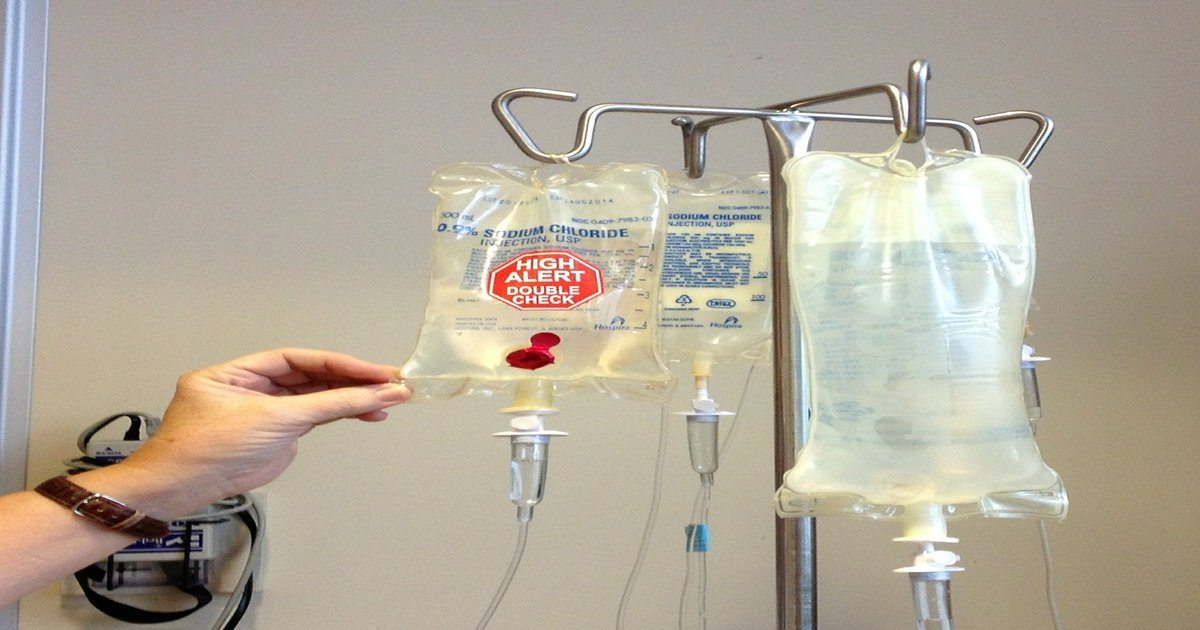Mesothelioma Patients Have More Options for Managing Chemo-Induced Neuropathy

Earlier this month, Mesothelioma Help reported on the use of a vitamin extract to help relieve some of the pain associated with one of the primary side effects of chemotherapy: chemotherapy-induced peripheral neuropathy (CIPN). Now, researchers are turning to neurofeedback, instead of drugs, to help relieve the painful condition.
Researchers from The University of Texas MD Anderson Cancer Center reported in a March 3 press release that in the largest study yet to determine the benefits of neurofeedback in cancer survivors, it showed “promise in reducing symptoms of chemotherapy-induced nerve damage, or neuropathy, in cancer survivors.” Neurofeedback, sometimes called neurotherapy, is a form of biofeedback that uses real-time displays of brain activity to teach the person self-regulation of brain function. In short, it is a brain training process.
“There is currently only one approved medication to treat CIPN and it has associated muscle aches and nausea,” said Sarah Prinsloo, Ph.D., assistant professor of Palliative, Rehabilitation, and Integrative Medicine and lead investigator of the study. “Neurofeedback has no known negative side effects, can be used in combinations with other treatments and is reasonably cost effective.”
Statistics show nearly one-third of all cancer patients who receive mesothelioma chemotherapy will be affected by chemotherapy-induced peripheral neuropathy. Prinsloo notes that that figure could be as high as 96 percent of patients. Chemotherapy can cause nerve damage leading to shooting pain, burning, tingling, numbness, problems with balance and grasping things, as well as cold or heat sensitivity. Treating this debilitating condition can be challenging. With chemotherapy the primary treatment for mesothelioma cancer, many patients suffer from CIPN.
In previous research, Prinsloo was able to pinpoint an area of the brain that contributes to physical and emotional chronic pain. She found that through neurofeedback she can actually teach patients to perceive the pain signals differently.
The participants in the study first filed a Brief Pain Inventory (BPI) assessment used to measure the severity of pain and its impact on their daily functioning. Whereas prior to treatment patients said there was no significant differences in their neuropathy symptoms, at the end of the 20 treatments patients reported “significantly reduced BPI scores for worst pain, activity interference, numbness, tingling, and unpleasantness.”
“We observed clinically and statistically significant reductions in peripheral neuropathy following neurofeedback techniques,” said Prinsloo. “This research suggests that neurofeedback may be a valuable approach to reduce neuropathy symptoms and their impact on daily activities.”
MD Anderson is home to the Mesothelioma Program that cares for more patients with mesothelioma than almost any other center in the U.S. Mesothelioma is a terminal cancer of the lining of the lungs, chest or abdomen caused by inhaling or swallowing asbestos, a fibrous material that easily breaks down into a fine dust. Finding a way to manage CIPN symptoms can improve the quality of life for many patients.
Read the full study in the March 3 issue of Cancer.
